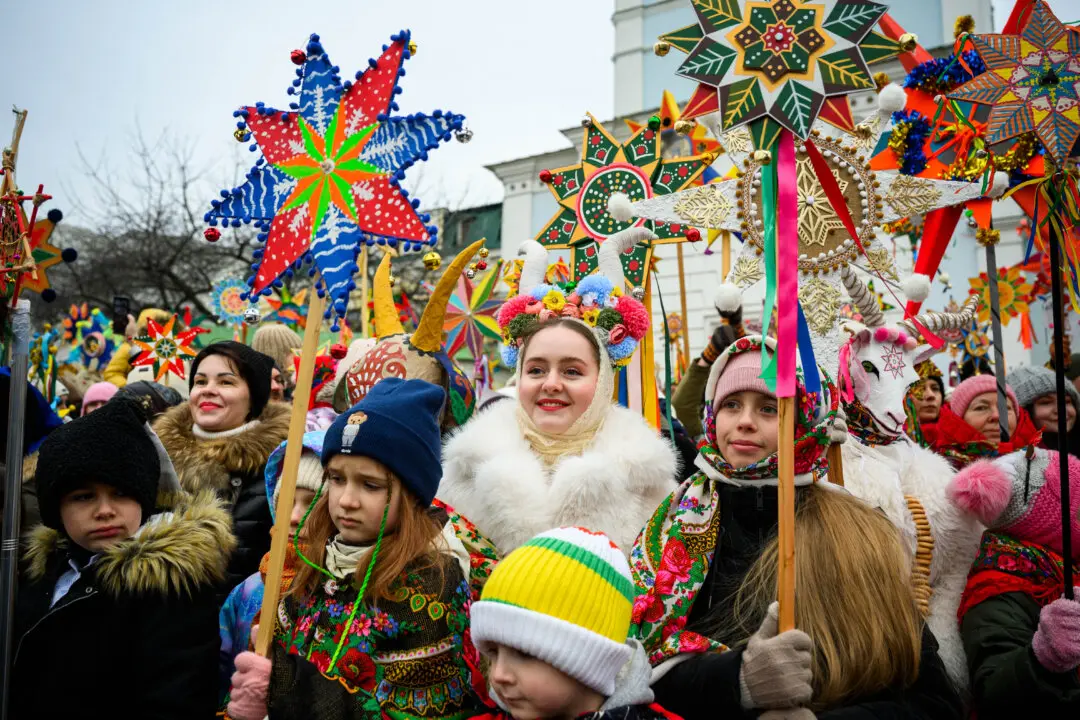As vast as it is sublime, Germany’s pastel-yellow Ludwigsburg Residential Palace was once considered the “Versailles of Swabia.” The region of Swabia, in the southwest of the country, no longer exists, but Versailles-like grandeur can still be seen throughout Ludwigsburg Palace.
The palace was commissioned in the early 18th century by the Duke of Württemberg, Eberhard Ludwig, who named the palace in his honor. (Ludwigsburg translates to Louis’s Castle in English.) Constructed over almost 30 years, the palace with its more than 450 rooms includes some of the finest Baroque, Rococo, and Classical art and architecture.






